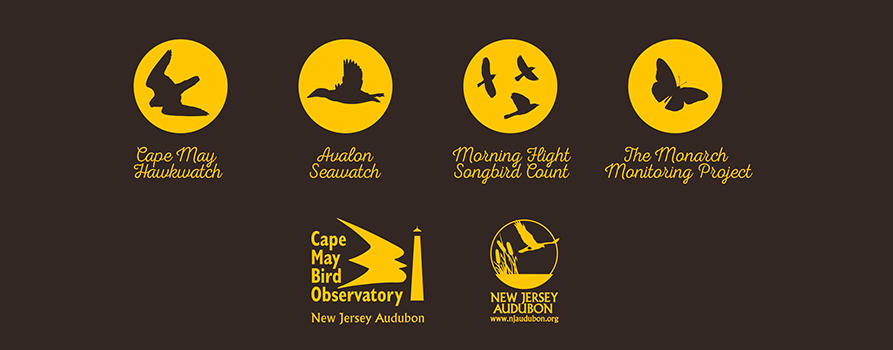 Short-eared Owl. New York (Tom Johnson).
Short-eared Owl. New York (Tom Johnson).October and November are prime months for finding migrating owls in Cape May (and anywhere in central and northern North America, really). Over the last few weeks, birders in the area have been slowly but surely accumulating some neat owl observations around Land's End.
Several species of owls are largely resident in Cape May, though their migratory movements are poorly understood even in this heavily studied region. Great Horned Owls are rather vocal in late fall in pretty much any habitat, and Eastern Screech-Owls and Barred Owls are often easy to find as well, though Barreds tend to be much more habitat specific locally (wet, mature woods).
Migrants that move through Cape May in numbers include Northern Saw-whet, Short-eared, Long-eared, and Barn Owls. With the exception of the crepuscular Short-eared Owl, these species are almost strictly nocturnal. Most observations of these species are made on day roosts (which you won't find advertised on local rare bird alerts or CMBO blog posts in order to protect these species), though it is definitely possible to find owls on the move at night.
Last Sunday during the Big Sit on the Cape May Point State Park hawkwatch platform, 5 Barn Owls were heard as they hunted and migrated past the point. Conditions were clear with a light northerly wind, ideal conditions both for owl migration and observing owls. The state park can be a good spot to look for owls at night (you might have to stay on Lighthouse Ave, as the park proper closes at dusk) especially with the aid of the helpful beam of the big red and white lighthouse. However, you don't need a giant rotating flashlight to see migrating owls. Most binoculars enable birders to see very well in low light conditions, up to an hour or so after sunset and for about the same period before sunrise. Though studies at Cape May Point have demonstrated that more owls move locally just after dusk as opposed to before sunrise, I decided to have a look from Sunset Beach early this morning and was pleasantly surprised to see some owls on the move. Parking along Sunset Blvd. and looking back into the paling East, I was able to spot 2 Northern Saw-whet Owls and an unidentified Asio sp. (unidentified Long-eared/ Short-eared Owl) after 6 AM (sunrise these days is around 7:10 AM). Additionally, I was very impressed by a Sharp-shinned Hawk and a Peregrine Falcon that were clearly moving, high in the air, both 45 minutes before sunrise. There are lots of anecdotal data describing nocturnal movement by raptors, but it is the sort of phenomenon that is rather difficult to study empirically.
Owl migration through the area should peak here in late October through mid-November, so get out there and have a look - you'll never know what you might find.

No comments:
Post a Comment